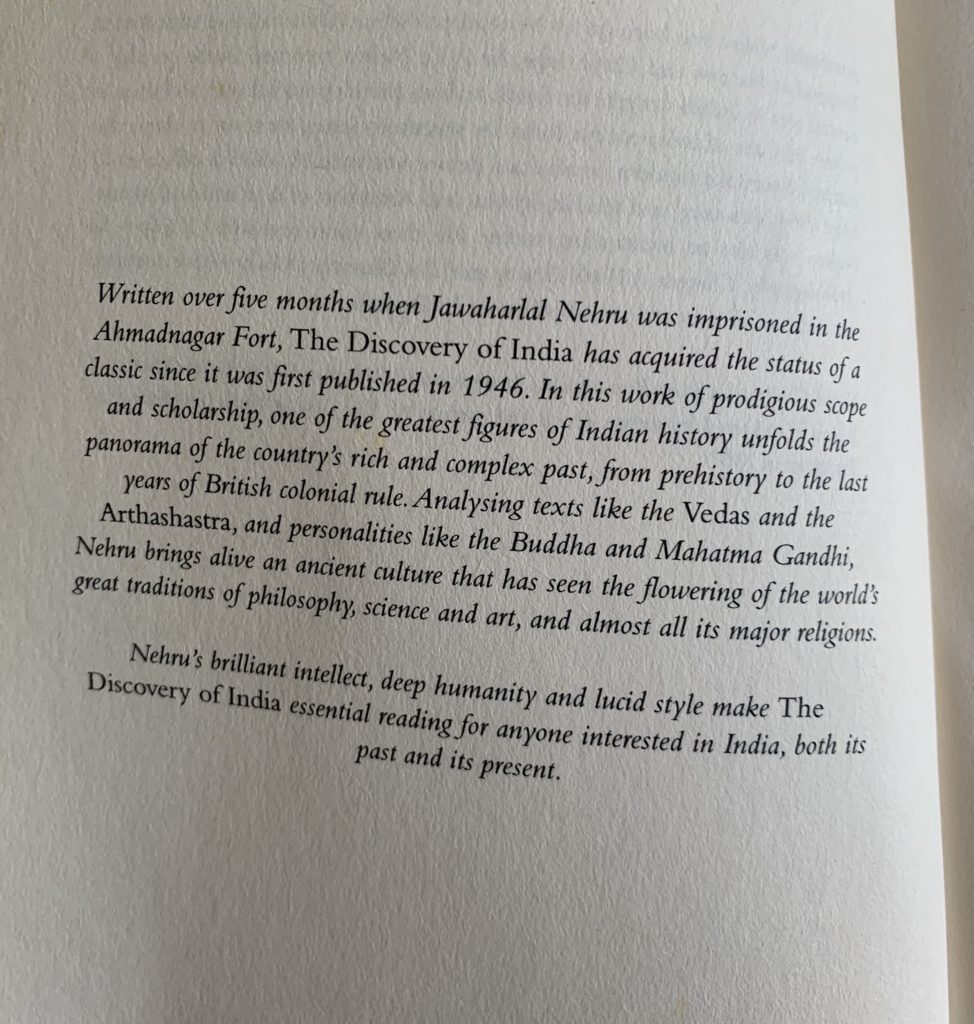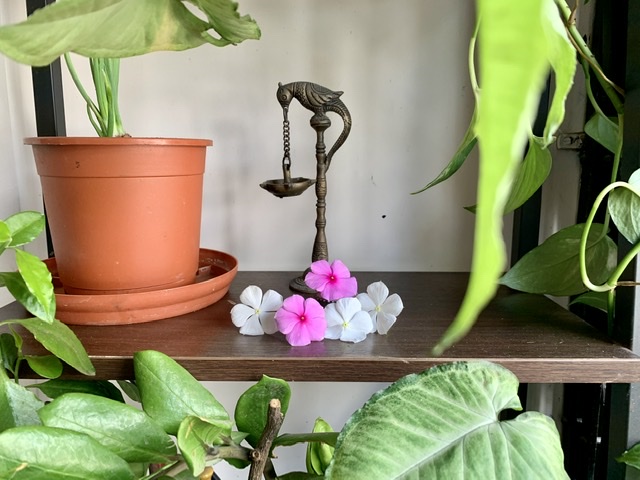The venture capitalist Marc Andreessen’s recent call to arms to build has understandably received wide distribution and near-unanimous approval online. It’s a rare piece of uplifting writing in times like the present.
The basic argument is that current events, specifically the pause in the global economy as a result of the pandemic, as well as America’s response to it, has laid bare problems across several sectors. Therefore, goes the call, this is the time to make big bets, tackle all of these shortcomings, and build the future of our dreams.
I think it is worth reflecting on why the world we should have been living in doesn’t yet exist. Why, as Peter Thiel quipped, “we wanted flying cars, instead we got 140 characters”.
Capitalism, which Andreessen is surely a votary of, finds the most efficient way to allocate resources (capital, labour, IP and so on). Clearly it has funded projects and companies that were different from those that would have better prepared America for the pandemic. It has funded different opportunities than K-12 education, supersonic aircraft, delivery drones, monorails – all examples from his piece. In other words, the very entrepreneurs that Andreessen believes in, a belief he has built a career on, have chosen to work on other stuff. Why?
Andreessen lays the blame at the feet of inertia.
I think it is only a part, and not even a major part, of the problem. It is not merely a problem of paucity of ideas, nor the desire to act on them. The problem is one of broken systems.
America – as also India – needs to use this pause to reflect on its systems. In America’s case, the political system with its hopeless partisanship and buying of influence. The financial system with its addiction to Rescue Capitalism. The venture capital system with its herd mentality and Valley-centric bubbles. The healthcare system with its byzantine intermediaries. Entrepreneurs and corporations alike will work on those opportunities that these systems will most readily reward, and the results are there for all to see.
The problem is that systems are not sexy. Systems thinking, and considering second and third order consequences, is out of whack with our time’s almost mindless obsession with Speed – “instant gratification”, “quarterly results”, “immediate relief” – and with Execution. Systematic analysis and consideration is dismissed as ‘over-thinking’ and ‘over-intellectualisation’.
The reality is that today’s world is the result of interconnected, interacting, interesting but nevertheless complex and likely faulty systems. It is the inertia to examine these systems, not the inertia to implement ever more audacious ideas, that is the reason we find ourselves dissatisfied with the state of the world.
And fixing those systems? That is going to call for a lot more audaciousness than any idea ever will.



